CHINASE | ENGLISH
bottom
NEWS
Long March 2D Launch Vehicle was Successfully Launched with the Fourth Group of the Yaogan-35 Family of Remote Sensing Satellites
01:37 AM August 20, 2022
Long March 2D Launch Vehicle
Successfully launched at Xichang Satellite Launch Center
Place the fourth group of the Yaogan-35 family of remote sensing satellites
Into the preset orbit
The launch is a complete success
The satellites, the fourth batch of Yaogan-35 family, are mainly used to conduct science experiments, land resource surveys and yield estimation of agricultural products as well as disaster prevention and reduction. China Academy of Space Technology (CAST) and Shanghai Academy of Spaceflight Technology (SAST) have taken the lead in research and development of the satellite respectively.
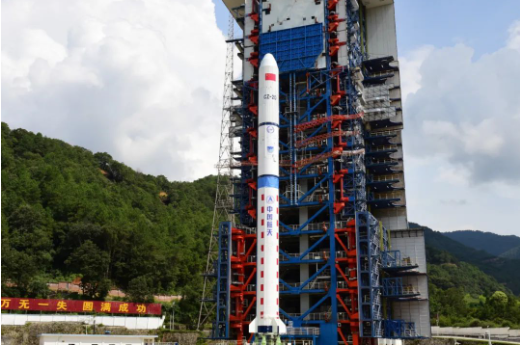
The mission was carried out by the Long March 2D Launch Vehicle, a level 2 Launch Vehicle with liquid propellant of normal temperature developed SAST. It has a take-off thrust of about 300 tons, which corresponds to 1.2 tons of carrying capacity at the sun-synchronous circular orbit 700 kilometers away, and it can meet the requirements launching one single satellite and multiple satellites at different orbits.
It’s the 62th launch of the Long March 2D Launch Vehicle, the 164th flight experiment of the Long March series launch vehicles developed by c, as well as the 433th launch of the Long March series launch vehicles.
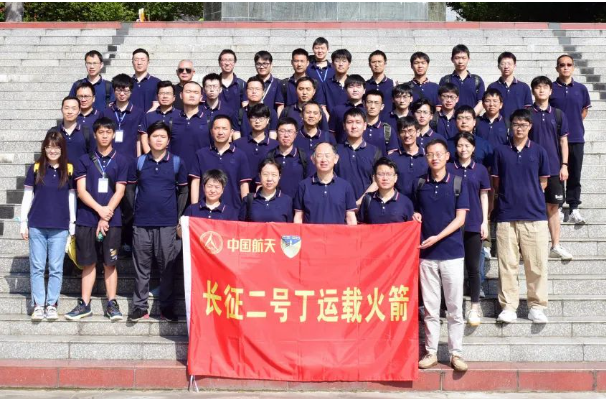
Set a new record for successful consecutive launches of Launch Vehicle
It is the 5th launch of Long March 2D Launch Vehicle this year. Since its first launch on August 9, 1992, Long March 2D Launch Vehicle has been in operation for 30 years, as a reliable and safe “gold medal rocket”, Long March 2D has always been sticking to the concept of continuous improvement and process optimization. Over the years, a series of measures such as fully autonomous optical aiming, inertial groups satellite loading and transportation, optimization of test items, and project optimization have been taken to optimize of launch process. Meanwhile, as the establishment of the full-time launch vehicle test and launch team of Shanghai Academy of Spaceflight Technology, the staff of test and launch team has completed the professional and specialized transform, which further simplifies the staffing, and guarantees successful launches of high frequency.
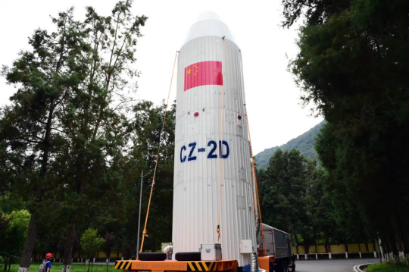
In respects of technology improvement, the controlling system of Long March 2D has adopted 10 optical fiber inertial groups redundancy status, which reduce the scale of the electric equipment and increase carrying capacity, and 2M bit rate relay user terminal is equipped to reduce the guarantee pressure of measurement ship as well as the launch cost by means of space-based measurement; technical breakthroughs in rain-proof and thunder-proof capability of the rocket body and electric systems enhance the rocket’s capability to adapt to the extremely harsh environment; first adoption of de-orbiting sails in the launch vehicle in order to slow the increase of space debris, which embodies the sense of responsibility of China as a major space power.
Meanwhile, under the pressure of high launch frequency, the development team of Long March 2D has been carrying out the concept of generalization all through the development cycle, sticking to the idea of batch design, production and test, and through efforts of de-model and de-mission-specialized, unifying the status of products such as level 1 and level 2 rocket body structures, and electric systems, adopting rolling group batch production, which enhance the rocket productivity and launch capacity while ensuring the stability and consistency of product status.
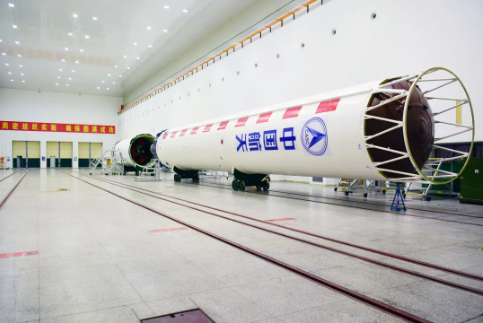
This year, Long March series launch vehicles are facing a situation of continuous operation in multiple sites and high launch frequency, thus, it is critical to effectively utilize the human resource for the series. Under the leadership of the chief commander and chief designer of the series and with cooperation of various sites, the test team members advanced bravely without flinching and have overcome multiple challenges, secure the all-win honor of Long March 2D, the “gold medal rocket”.
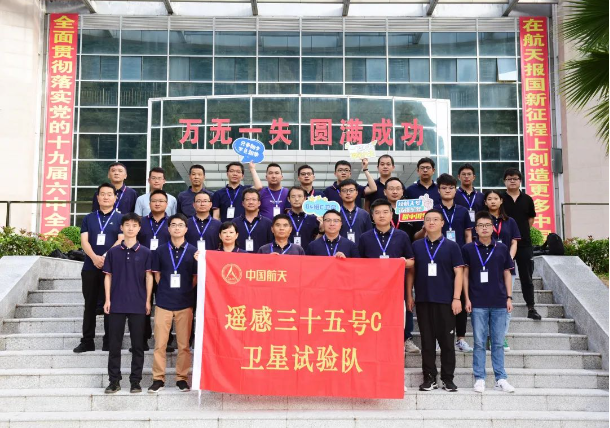
Forerunner in advancing digitization of satellite development
Development team of C Satellite of Yaogan-35 Family have followed the glorious tradition of “independent innovation, hardworking, rigorous and prudence, strong cooperation, and all-win harmony”, overcome the difficulties of heavy tasks, tight schedule, and shortage of staff, and minimized the impact of COVID-19 on the series development. As the forerunner of small batch accelerating satellite development model of Shanghai Academy of Spaceflight Technology, the development team has carried out a series of measures such as fully 3D digital design, remote testing, and development process optimization, meet the demand of pulsing and parallel development, and significantly enhance the development efficiency.
To meet the rapid development requirement, a digital development model covering the whole cycle and full process has been adopted for the series, and it realizes the paperless delivery of the satellite throughout the whole process from the overall design, single aircraft development, and product delivery, to general assembly and test for launch. Utilization of fully 3D digital design platform and whole cycle information management platform promotes the efficiency of design iteration, and strengthen whole process controlling of the technical condition of the product.
Shanghai Academy of Spaceflight Technology has created a comprehensive net covering the management, control and application of test data, established a big data operation management platform, and put forward the integrated solution for “collection, storage, management, and application” of satellite data. During the development of the satellite, it has realized the “one net for all operations” method in respects of tests design, test implementation, data management, and data analysis.
Through the development of the satellite, the series team has been continuously optimizing and solidifying various links of the development, and the status, process, documentation, technique, and operation of the satellite have been solidified gradually, which laid a solid foundation for batch satellite development.
Conduct model refinement and solidify various links and work orders of the launch site to make the routine work planning detailed and operable, and carry out project confirmation for each work, prepare the confirmation form in “mind mapping” style to implement the work items layer by layer, and confirm the item upon completion one by one, now, there have been 31 overall project confirmation forms and 166 sub project confirmation forms. A unified executive standard has come into form through solidifying of the process, which grantees the operating quality and progress of the launch site. Meanwhile, the series has also solidified the test particulars of the technical area and launch area, form the specialized test chain of command and integrated business package, which largely increase the test efficiency, compress the time required for work of 30 days in the past in technical area to 10 days.
Facing the situation of simultaneous small batch development of multiple satellites and short interval between launches, the test team has planned in advance, utilized the opportunity when the two satellites were both at the launch site, and explored an effective staff rotation mechanism to adapt to the rapid batch production. After completing the work at the technical area, part of the experiment staff for the previous satellite would go back to Shanghai immediately to participate in the development of the next satellite or the flight control, and only the professional test staff and the minimal operation and inspection staff would be left on the launch site to guarantee the test and operation after transfer. On the day of launch, allot the test members of the next satellite to the launch team of the previous satellite, which can guarantee that would be enough personnel at all position on the launch day of the previous satellites, and realize the orderly rotation of the staff members, ensure the satellite development and launch of batch production.
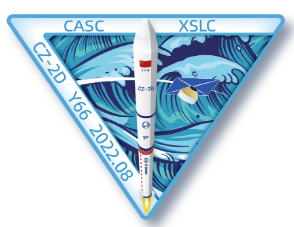

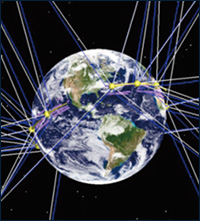
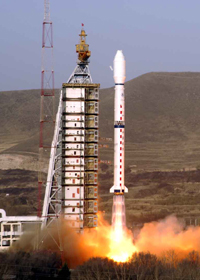
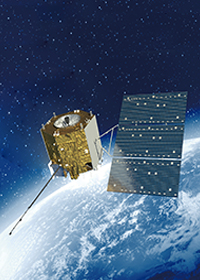

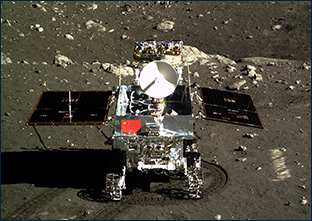
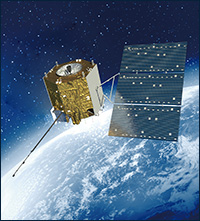

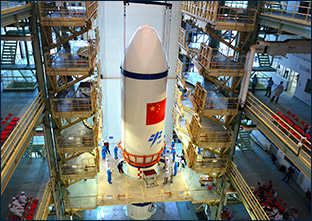



 DOWNLOAD
DOWNLOAD E-MAIL
E-MAIL